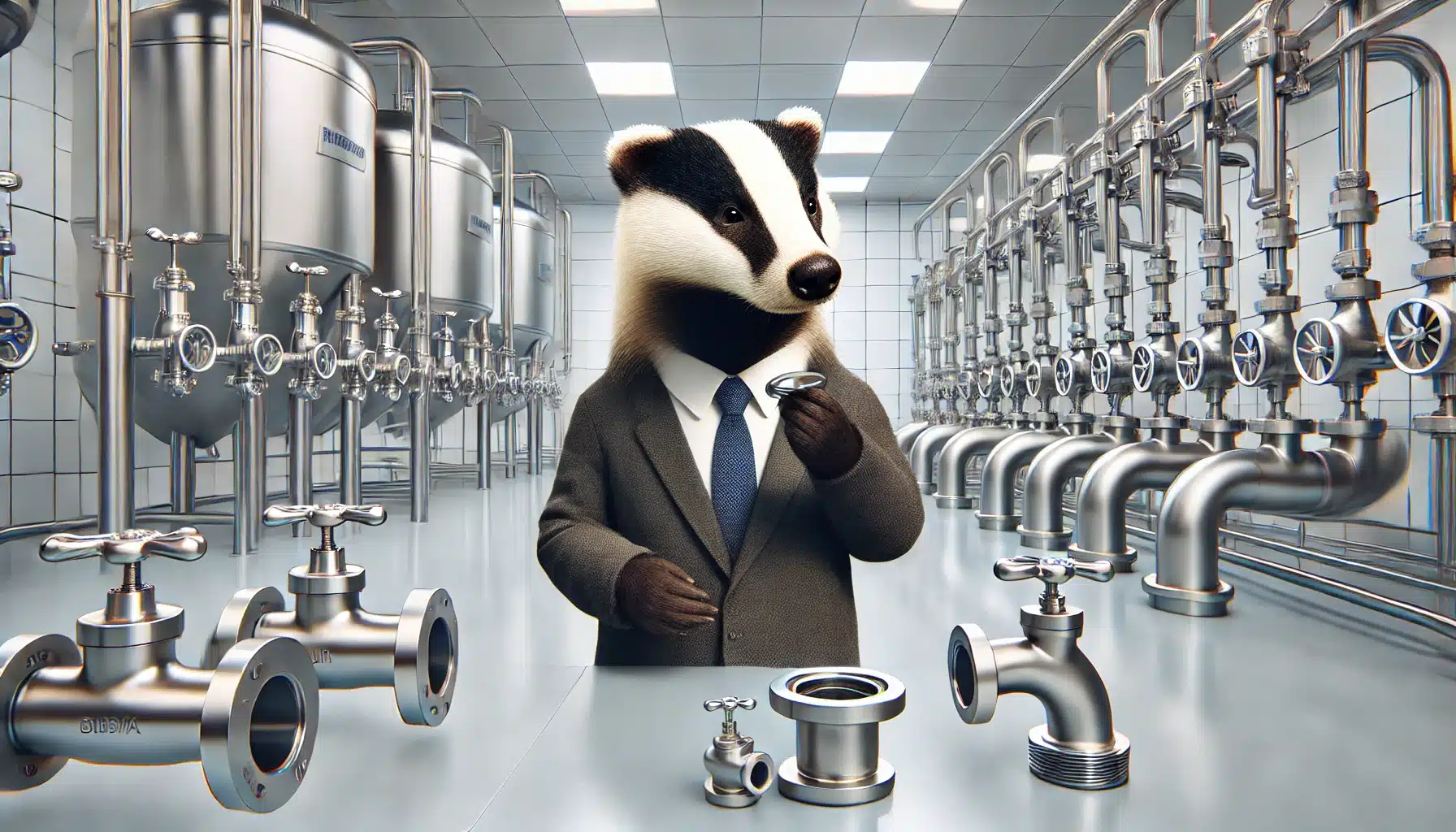Sanitary fittings are important parts of systems needing cleanliness and sterility, especially in the food, beverage, pharmaceutical, and biotechnology industries. These fittings ensure that pipes and tubes connect securely without compromising the sanitary conditions for these sensitive environments. This blog post explores different sanitary fittings, their uses, and tips for selecting the best option for your requirements.
What are Sanitary Fittings?
Sanitary fittings ensure high hygiene standards, creating clean environments for safely transporting sensitive materials. These fittings are typically made from stainless steel, offering excellent corrosion resistance, easy sterilization, and minimal risk of contamination.
For more details on the standards sanitary fittings meet, you can visit the American Society of Mechanical Engineers (ASME) guidelines.
Types of Sanitary Fittings
1. Clamp Fittings
Clamp fittings are popular. They are easy to assemble and disassemble. This makes cleaning and maintenance quick and simple. They consist of two gender-neutral ferrules, a clamp, and a gasket. These components are widely used in both food and pharmaceutical industries where regular cleaning is mandatory.
2. Beaded Fittings
Beaded fittings provide a more secure connection by adding a bead that holds the gasket in place. This fitting is helpful in situations where vibrations or movement could break the seal of a clamp fitting.
3. Butt-Weld Fittings
For systems requiring permanent fittings, butt-weld fittings are ideal. These fittings are welded directly to the piping, providing a strong, permanent connection that minimizes the risk of leaks. They are often used in places where pipes must be airtight, especially in the pharmaceutical industry.
4. I-Line Fittings
Unique to the sanitary industry, I-Line fittings have interlocking male and female parts to provide a robust connection. This design is favored for its additional strength and alignment accuracy, making it suitable for high-pressure applications.
5. John Perry Fittings
John Perry Fittings are used predominantly in the dairy industry. They connect with one pin and are ideal for thick substances, like dairy products because they create a strong connection without big gaps.
Learn how to use different types of fittings. Check out Badger Sanitary and Stainless’s complete guide on sanitary fittings.
Choosing the Right Sanitary Fitting
1. Material Compatibility
Ensure that the material of the sanitary fitting is compatible with the substances being transported. Stainless steel 316 is generally preferred for its enhanced corrosion resistance.
2. Connection Type
Consider the type of connection required for your system. For temporary setups or systems that require frequent disassembly, clamp or I-Line fittings might be more appropriate.
3. Pressure and Temperature Ratings
Check the pressure and temperature ratings of the fittings to ensure they meet the operational demands of your systems.
Selecting the right type of sanitary fitting is vital for maintaining the integrity and cleanliness of your piping systems. Understanding the different types of sanitary fittings and how they are used can help you make better choices. This can improve the efficiency and safety of your work.
For a wide range of sanitary fittings and expert advice, visit Badger Sanitary and Stainless, your trusted supplier for high-quality sanitary products.

